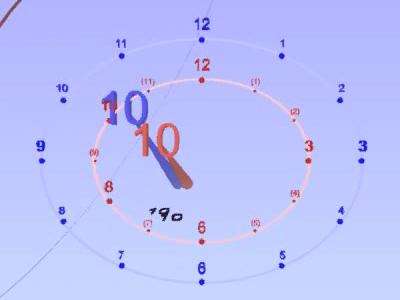Bulerías
Bulería (Spanish pronunciation: [buleˈɾi.a(s)]; interchangeable with the plural, bulerías) is a fast flamenco rhythm in 12 beats with emphasis in two general forms as follows:
It may also be broken down into a measure of 6/8 followed by a measure of 3/4 counted as such:
[12] 1 2 [3] 4 5 [6] 7 [8] 9 [10] 11

An interesting counting method has been used by Pepe Romero, in his book Classical Guitar Style and Technique, which is 2 measures of 3/4 time followed by 3 measures of 2/4 time. This puts the emphasis on the last beat of each measure:
When performed, the bulería usually starts on beat twelve of the compas, so the accented beat is heard first.
It is played at about 240 beats per minute, most commonly in an A-phrygian mode, with a sharpened third to make A major the root chord. A typical rasgueado (a strumming pattern that sets the rhythm) involves only the A and B-flat chords as follows:
It originated in Jerez during the 19th century, originally as a fast, upbeat ending to soleares or alegrias (which share the same rhythm and are still often ended this way) . It is among the most popular and dramatic of the flamenco forms and often ends any flamenco gathering. The name bulerías comes from the Spanish word burlar, meaning "to mock" or bullería, "racket, shouting, din". It is the style which permits the greatest freedom for improvisation, the metre playing a crucial role in this. Speed and agility are required and total control of rhythm as well as strength in the feet which are used in intricate tapping with toe, heel and the ball of the foot.
(See also tap dance.) It is the only flamenco dance style which permits leaping by the male dancer.
Cante (Singing)
When sung, the bulería has three or four octosyllabic lines. It is sometimes subdivided into bulerías al golpe (also known as bulerías por soleá) and bulerías ligadas. The former is slower while the latter is frantic.
See also
External links
- Tomatito performs a bulerías in 1980 - one of the web's more popular bulerías videos
- This is a Cuadro por Bulerías, a very festive palo flamenco
- Get to know the flamenco forms: the Bulerías at the Wayback Machine (archived July 23, 2011)